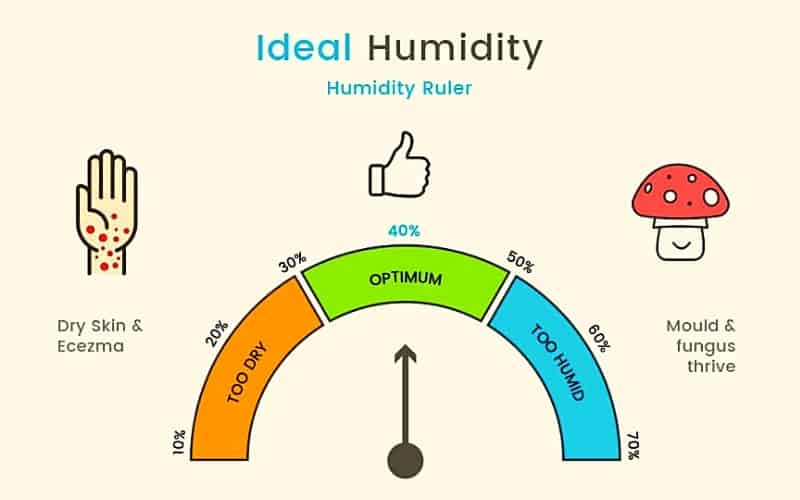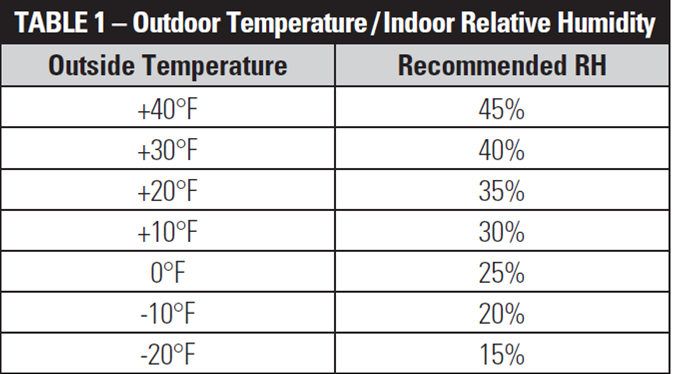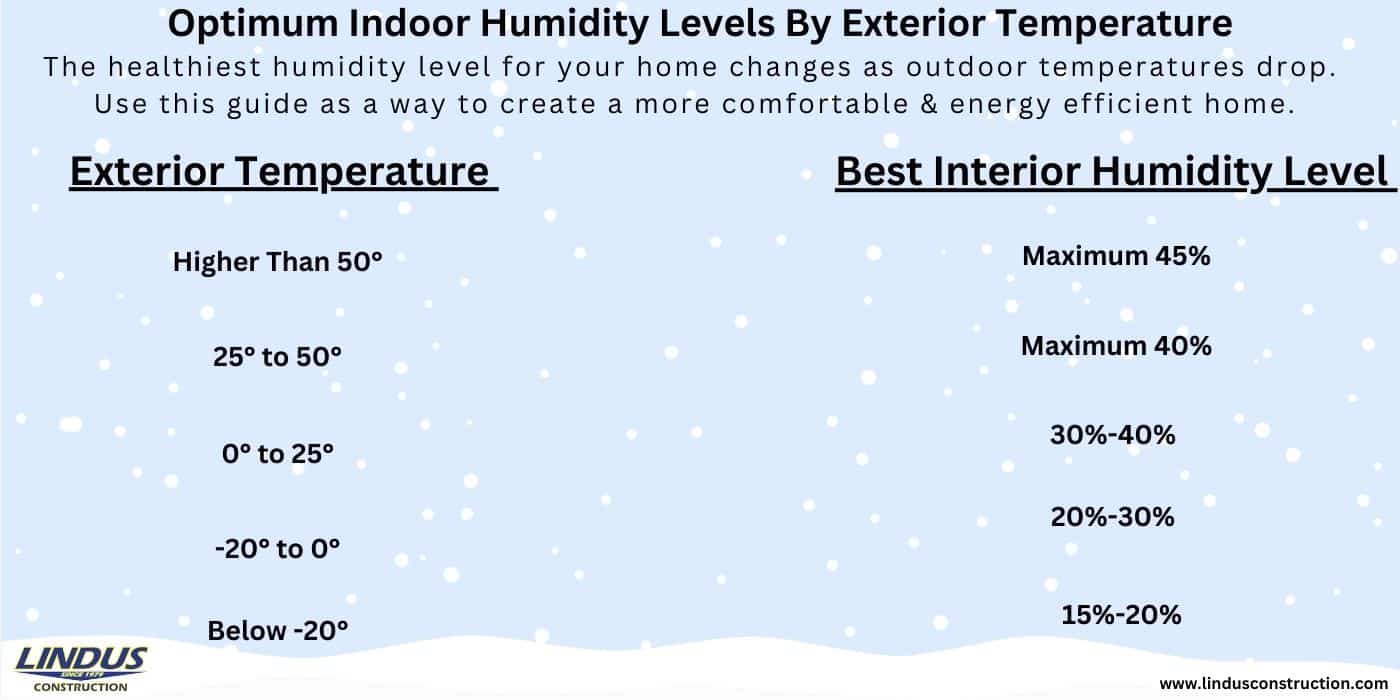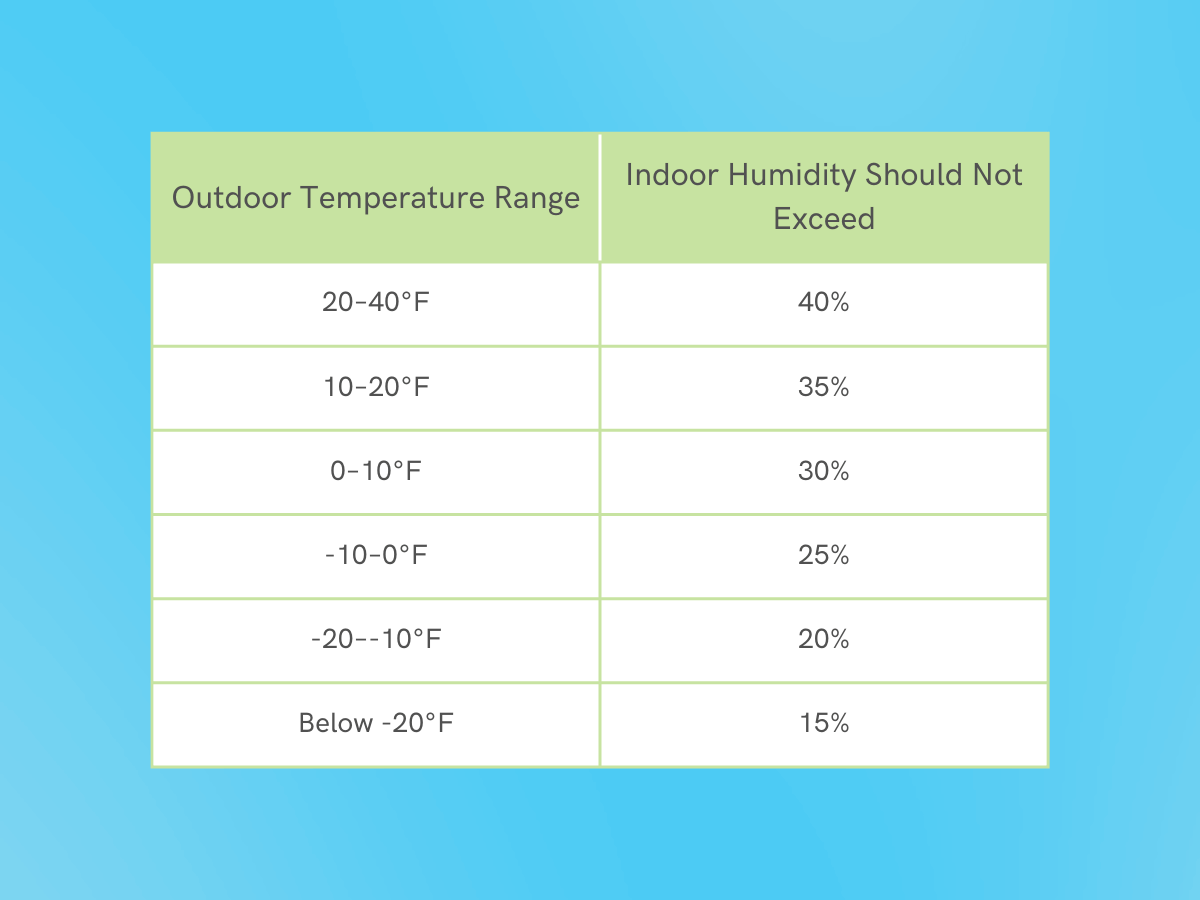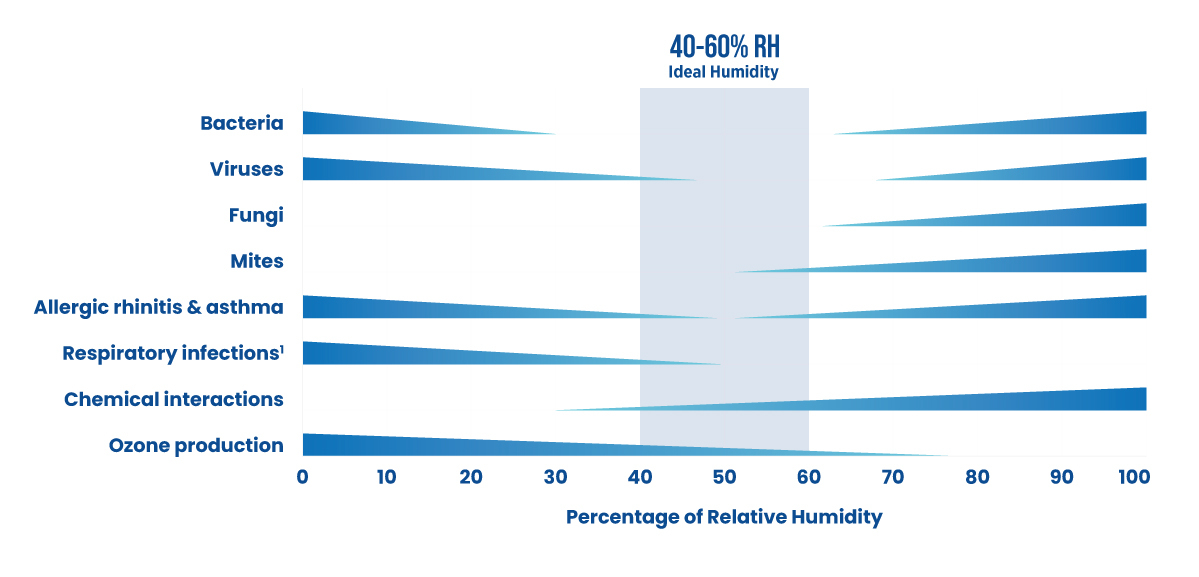What Percent Humidity Should My House Be

Are you battling with a persistently stuffy feeling in your home during the summer, or waking up with a dry, scratchy throat every winter morning? These are common signs that your home's humidity levels might be out of whack. Maintaining the right humidity is crucial for your comfort, your health, and even the well-being of your home's structure. Let's dive into understanding humidity and how to troubleshoot problems in your home.
Understanding Ideal Humidity Levels
The ideal relative humidity (RH) for your home falls between 30% and 50%. This range is generally considered comfortable for most people and helps prevent problems associated with both high and low humidity.
* Below 30%: Air feels dry, which can lead to dry skin, irritated sinuses, and static electricity. * Above 50%: Promotes mold growth, dust mite proliferation, and a general feeling of stuffiness.Diagnosing Humidity Problems: A Step-by-Step Approach
Before you start tweaking things, let's figure out what's actually going on. Here’s a methodical approach to diagnose your home's humidity issues:
Step 1: Observe the Symptoms (No Tools Needed)
Start by simply paying attention. What are you experiencing?
* High Humidity Signs: * Condensation on windows. * Musty odors, especially in bathrooms or basements. * Visible mold or mildew growth. * Feeling of stickiness or clamminess. * Warping wood floors or furniture. * Low Humidity Signs: * Dry skin, chapped lips, or itchy eyes. * Frequent static electricity shocks. * Cracking wood furniture or floors. * Worsening of respiratory problems like asthma. * Shrinking door frames.Note these observations down. They'll be helpful later when you start looking for specific causes.
Step 2: Measure Your Home's Humidity (Basic Equipment Needed)
While your observations are valuable, you need a concrete measurement. A hygrometer (also called a humidity meter) is an inexpensive device that measures relative humidity. You can find them at most hardware stores or online retailers.
* How to Use a Hygrometer: * Place the hygrometer in a central location in your home, away from direct sunlight or vents. * Wait at least 24 hours for the reading to stabilize. * Record the humidity level. * Take readings in different areas of your home (living room, bedrooms, basement) to get a comprehensive picture.Compare the readings with the ideal range (30-50%). This will confirm whether you're dealing with a high or low humidity issue.
Step 3: Identify Potential Causes
Now that you know whether you have a humidity problem, let’s brainstorm the possible culprits. Here are some common causes for each scenario:
* Causes of High Humidity: * Poor Ventilation: Lack of airflow traps moisture inside. * Leaky Plumbing: Hidden leaks can continuously add moisture to the air. * Excessive Indoor Plants: Plants release moisture through transpiration. * Cooking and Showering: These activities generate a lot of steam. * Damp Basements or Crawl Spaces: Ground moisture can seep into your home. * Humidifiers: Obviously, overuse can cause issues. * Improperly Sized Air Conditioner: An AC that's too large cools quickly but doesn't dehumidify effectively. * Causes of Low Humidity: * Heating Systems: Furnaces and other heating systems dry out the air. * Cold Weather: Cold air holds less moisture than warm air. * Cracks and Gaps in Your Home's Envelope: Allow dry outside air to infiltrate. * Dehumidifiers: Just like humidifiers, overuse or malfunctions can cause problems.DIY Solutions: What You Can Do Yourself
Once you’ve identified the potential causes, you can start tackling the problem with these simple DIY solutions:
Addressing High Humidity (DIY Actions)
* Improve Ventilation (No Tools Needed): * Open windows and doors when the weather permits to promote airflow. * Use exhaust fans in bathrooms and kitchens while showering and cooking. Make sure these fans vent to the outside, not just into the attic. * Control Moisture Sources (No Tools Needed): * Take shorter showers. * Cover pots and pans while cooking. * Don't overwater indoor plants. * Wipe up spills immediately. * Ensure your clothes dryer vents properly to the outside. * Address Leaks (Requires Basic Tools and Investigation): * Inspect under sinks, around toilets, and in your basement for signs of leaks. * Tighten loose plumbing connections with a wrench. * Caulk around tubs and showers to prevent water from seeping into walls. * For major leaks, call a plumber. * Consider a Dehumidifier (Equipment Investment): * If you live in a humid climate or have a damp basement, a dehumidifier can help remove excess moisture from the air. Choose a model appropriate for the size of your space. * Check Your Air Conditioner (No Tools Needed, But Observation is Key): * Make sure your air conditioner is properly sized for your home. If it cools too quickly, it might not be removing enough moisture. * Ensure the AC's condensate drain line is clear and draining properly. A clogged drain line can cause moisture to back up.Addressing Low Humidity (DIY Actions)
* Use a Humidifier (Equipment Investment): * A humidifier adds moisture to the air. Choose a model appropriate for the size of your room or your entire home. * Clean your humidifier regularly to prevent mold and bacteria growth. * Seal Cracks and Gaps (Requires Basic Tools): * Caulk around windows and doors to prevent drafts and air leaks. * Weatherstrip door and window frames to create a tighter seal. * Insulate your attic to prevent heat loss and reduce the drying effect of your heating system. * Adjust Your Heating System (No Tools Needed): * If possible, lower the temperature on your thermostat slightly. Lower temperatures generally result in less dry air. * Simple Water Bowls (No Tools Needed): * Place bowls of water around the house, especially near heat sources. As the water evaporates, it will add moisture to the air.When to Call a Professional
While many humidity problems can be resolved with DIY solutions, some situations require the expertise of a qualified HVAC professional. Here are some red flags:
* Persistent Mold Growth: If you have extensive mold growth that you can't control with simple cleaning, it's essential to have it professionally remediated. Mold can pose serious health risks. * Hidden Leaks: If you suspect a hidden leak in your plumbing or foundation, a professional can use specialized equipment to locate and repair it. * HVAC System Issues: If your air conditioner or furnace is malfunctioning and contributing to humidity problems, a qualified HVAC technician can diagnose and repair the system. * Poor Ventilation in Specific Areas: If you have persistent moisture problems in bathrooms, kitchens, or basements despite your best efforts, a ventilation specialist can assess your home's airflow and recommend solutions. * Suspected Asbestos or Other Hazardous Materials: If you're dealing with older materials during repairs, especially insulation or ductwork, and suspect they may contain asbestos or other hazardous materials, stop work immediately and call a qualified professional for testing and remediation.Don't Hesitate to Call
Attempting to fix HVAC issues without proper training can be dangerous and can potentially worsen the problem, leading to more expensive repairs down the road. When in doubt, call a professional.
Preventing Future Problems
Once you've addressed the immediate humidity issue, it's important to take steps to prevent it from recurring. Here are some tips:
* Regular HVAC Maintenance: Schedule annual checkups for your air conditioner and furnace to ensure they're functioning properly and efficiently. * Proper Ventilation: Ensure your home has adequate ventilation, especially in bathrooms, kitchens, and basements. * Monitor Humidity Levels: Use a hygrometer to regularly monitor the humidity levels in your home and make adjustments as needed. * Address Leaks Promptly: Fix any leaks as soon as you discover them to prevent moisture buildup. * Landscape Management: Ensure proper drainage around your home's foundation to prevent water from seeping into your basement or crawl space. Trim bushes and trees to allow for air circulation around your house. * Consider a Whole-House Humidifier or Dehumidifier: For consistent humidity control, consider installing a whole-house humidifier or dehumidifier that integrates with your HVAC system.Maintaining the right humidity level in your home is an ongoing process. By understanding the factors that influence humidity and taking proactive steps to control it, you can create a comfortable, healthy, and enjoyable living environment.
Remember, your home is an investment, and protecting it from moisture damage is crucial. By following these simple steps and seeking professional help when needed, you can maintain a healthy and comfortable living environment for years to come.
.jpg?width=3508&name=Humidity level chart (1).jpg)

